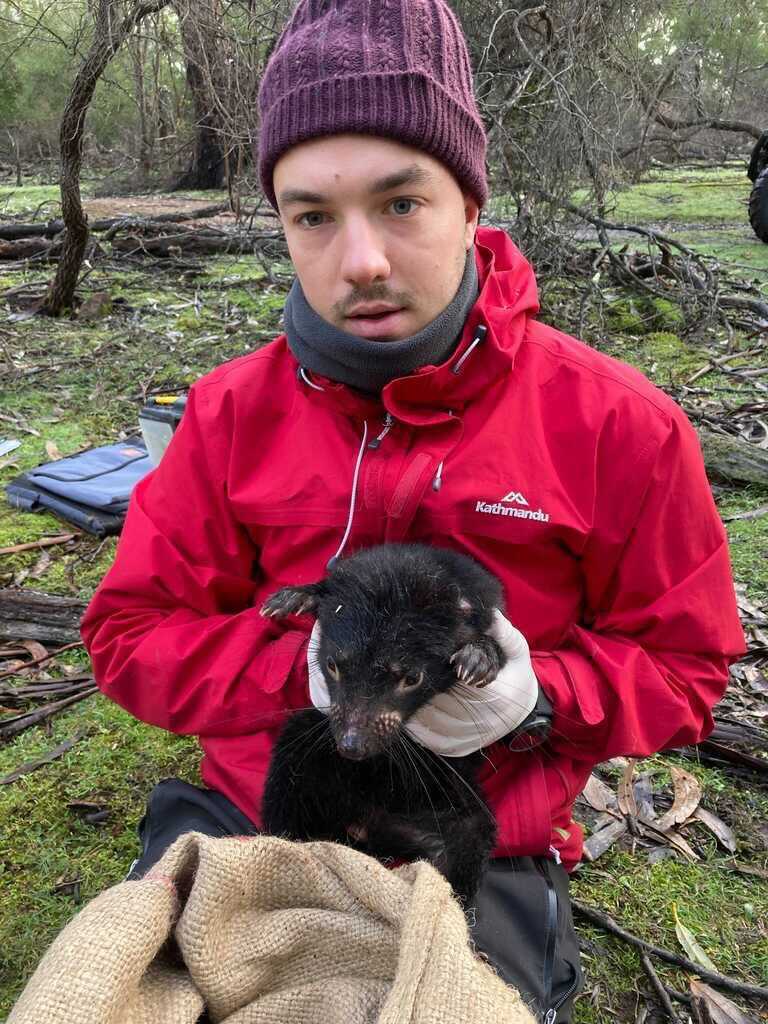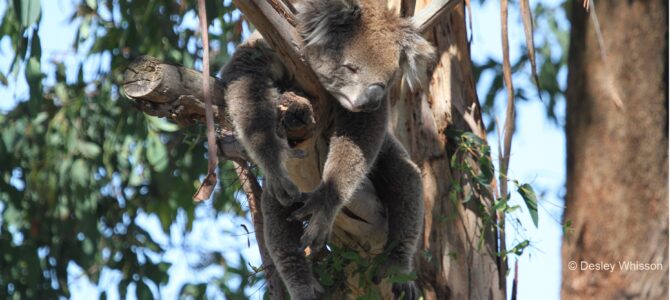by Luke Silver (PhD Student)
The mention of a koala infected with Chlamydia will often be met with rounds of laughter or even concern, “can I get Chlamydia from touching a koala?” For koalas, Chlamydia is no laughing matter with up to 100% of individuals in some populations infected with the bacteria. In many cases infection will lead to blindness, “wet bottom” as a result of bladder infection, infertility and eventually death. Unfortunately, unlike humans, koalas are unable to go to the doctor and receive treatment for the infection. Often koalas are taken to veterinary hospitals after a human interaction (such as vehicle strike or a dog attack) and it is there the infection is noticed and treatment can be administered.
Genomics is the study of the genes and nucleotides contained within an individual’s genome. By studying the genomics of koalas, we have been able to identify important genes which play a vital role in helping a koala clear a Chlamydia infection. One of these genes is a part of the major histocompatibility complex, or MHC, known for its vital role in recognition of pathogens. We are now using the whole genomes of over 400 koalas to investigate how diverse the MHC genes of koalas are across their entire range from northern Queensland to South Australia. A high level of genetic diversity in the MHC results in an individual or population being able to recognise a wider array of pathogens and may be linked to the health of this endangered marsupial. Scientists in other labs are attempting to develop a vaccine which can prevent koalas from contracting the infection in the first place which has shown promising results in early phase testing.
Finally, fortunately you are unable to catch Chlamydia from holding or touching a koala as the species which infects koalas is different from the species which infects humans.
Author

Luke Silver (PhD Student) is using genomic data to
investigate immune genes in Australian marsupials with a focus on koalas where he is using resequenced genomes to examine patterns of diversity in functional and neutral regions of the genome across the entire east coast of Australia. This work will be used to inform conservation and management decisions in the fight to save our threatened species.
